Drone pilot lives her dream at children’s hospital
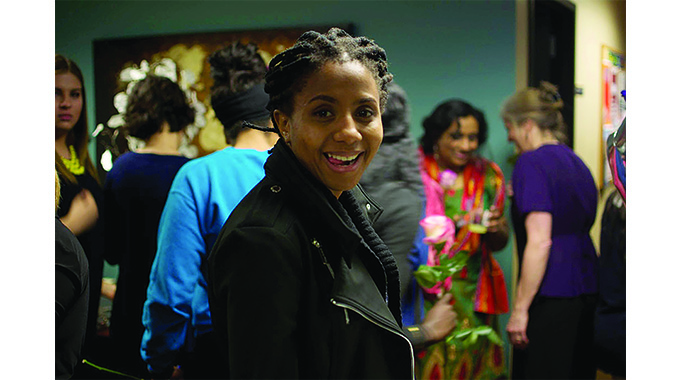
Mashudu Netsianda, Senior Reporter
SINCE her days as an undergraduate at Oral Roberts University in Oklahoma in the United States, drones have captivated Ms Rachel Ngwarai’s imagination.
The endless possibilities that have been unlocked by this one platform and the opportunity to push its boundaries even further is what motivated her to become a drone pilot.
Ms Ngwarai (27), who is a public relations officer at CURE Children’s Hospital of Zimbabwe in Bulawayo, was selected by her employer to be the sole operator of their drone, which was acquired specifically to document the hospital’s projects.
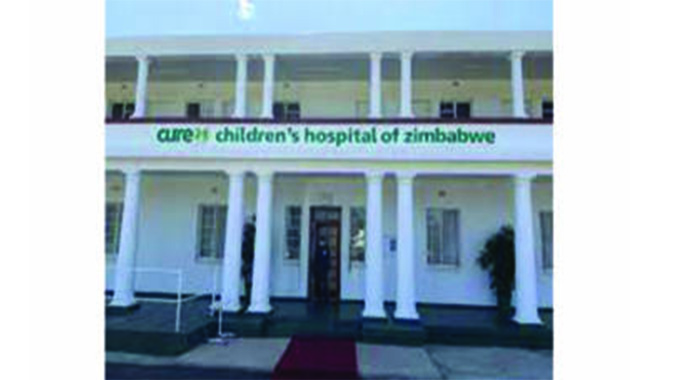
With the country’s only specialist paediatric facility constructing an additional 42-bed ward, the need arose for the hospital to acquire a drone and Ms Ngwarai was then chosen to play an integral role in helping get the technology off the ground.
She subsequently enrolled at Drone Solutions Academy in Harare to train as a drone pilot marking the realisation of her dream that culminated in her being granted a licence by the Civil Aviation Authority of Zimbabwe (CAAZ) in line with the country’s laws.
After an intensive two-week course, Ms Ngwarai attained a valid remote pilot licence.
Spread over 14 days, training currently takes place at two registered flight schools in Zimbabwe.
It was only recently that Ms Ngwarai (27) could experience the satisfaction of operating the system in the air herself as a newly qualified drone pilot.
A drone pilot is responsible for operating a drone, which is sometimes called an unmanned aerial system (UAS).
Drones are operated remotely, which is why drone pilots are also known as remote pilots.
A drone pilot controls a drone, causing it to take off, stay on course, and land safely.
“Since I was an undergraduate student in the United States at Oral Roberts University in Oklahoma, I was fascinated by drones.
When the opportunity for me train as a drone pilot presented itself, I was so thrilled,” she said.
“I trained with a facility called Drone Solutions Academy in Harare.
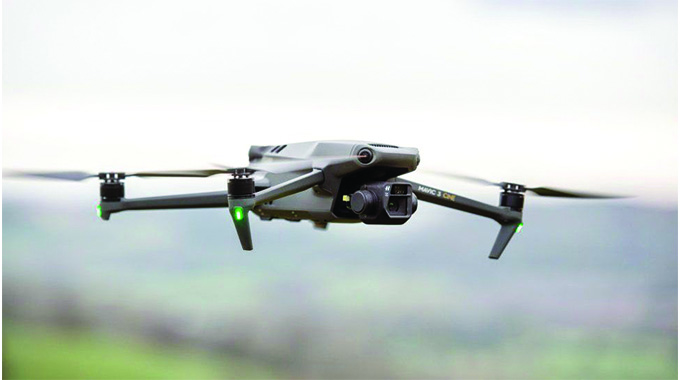
Drone
The facility is one of the two licensed institutions to train drone pilots in Zimbabwe.”
The training programme included understanding how to read airspace and aeronautical charts and in-flight procedures.
“The duration of the training is two weeks and the first week is theory learning about mechanics behind a drone, the human factors, how the drone is made, its functions and how it affects your flight and the air laws,” said Ms Ngwarai.
“After that you then write an examination and if you pass you are given 30 days during which you attempt your first
flight.
The practicals are conducted in an area far away from the city.”
Ms Ngwarai said a drone pilot is basically trained to fly a drone in order to carry out several types of flights safely.
“Flights can be done for many purposes such as collecting data for something in mining, farming or just doing it for video filming.
After the practical lessons you are tested by the CAAZ on both theory and practical,” she said.
“Once you have passed, you are then given a licence.
The licence is valid for two years and after that you are supposed to renew it by going for another test.”
Ms Ngwarai said in terms of the country’s aviation law, for one to be a drone pilot they have to be licensed by the CAAZ.
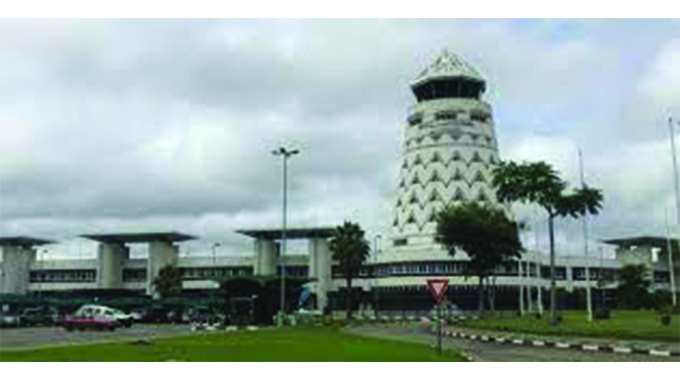
Civil Aviation Authority of Zimbabwe
“Every country has different laws, but generally some of the restrictions are quite common such as flying up to a height of 400 feet and below, which translates to about 120km and below and for as far as 500 metres and if you go beyond that you need an observer to help you,” she said.
Ms Ngwarai said the laws are there to make sure that drone pilots do not interfere with regular or manned aircraft.
“Something as small as a drone can actually affect a flight and therefore it is important for drone pilots to understand these dynamics.
It is a danger to fly to areas where you are likely to hurt people or interfere with manned aircraft,” she said.
“When you get your licence to fly a drone it will be specified as a multi-router.
A drone technically has four routers which is like an electrical power motor with propellers attached.”
She said every drone comes with a controller and a controller frequency is tuned to the drone which connects to about 13 satellites.
The satellites help the drone to stay connected to the controller.
“Becoming a professional drone pilot is a legitimately viable career option and can be a well-paying profession as it is rapidly expanding into many fields,” said Ms Ngwarai.
For one to be a drone pilot, you need to be at least 16 years old.
You also have to be proficient in English, meet minimum physical and mental drone operator standards, and pass the remote pilot licence examination.
Ms Ngwarai hopes that one day she will own her own drone and be able to operate it across as many different landscapes as possible.
“My future plan is to acquire my own drone and be able to do my own things.
Since I am a communication practitioner, I would focus on video filming and help train other people, especially women to be drone pilots,” she said.
– @mashnets.

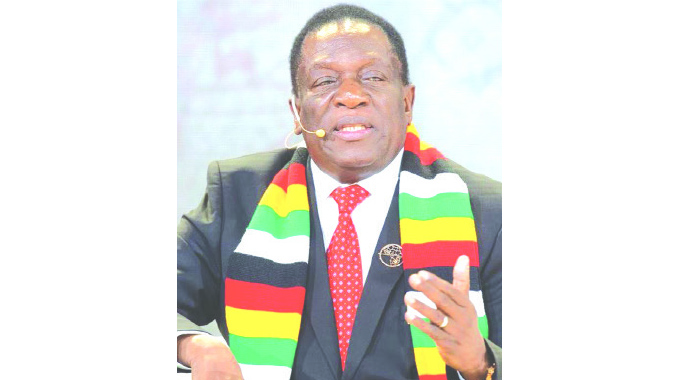


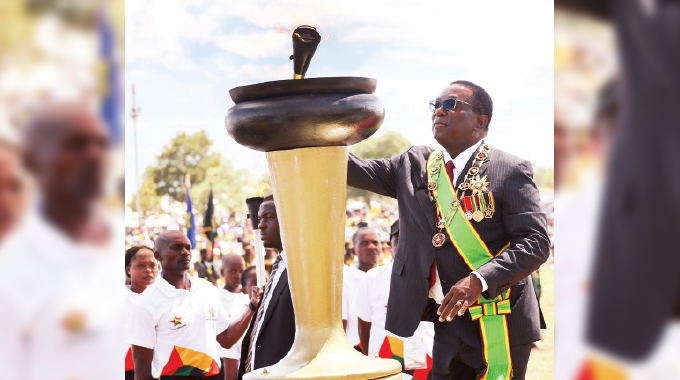






Comments